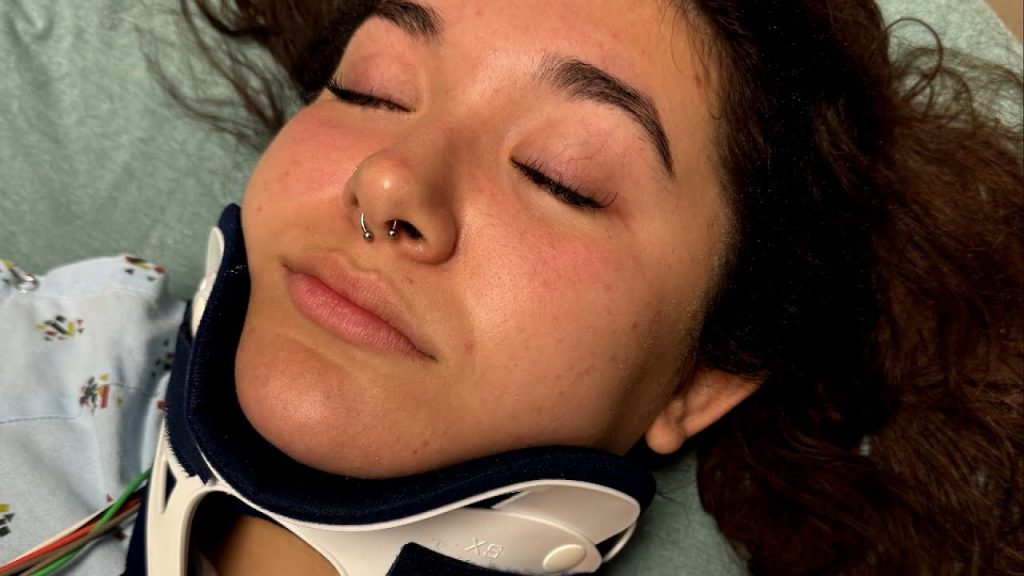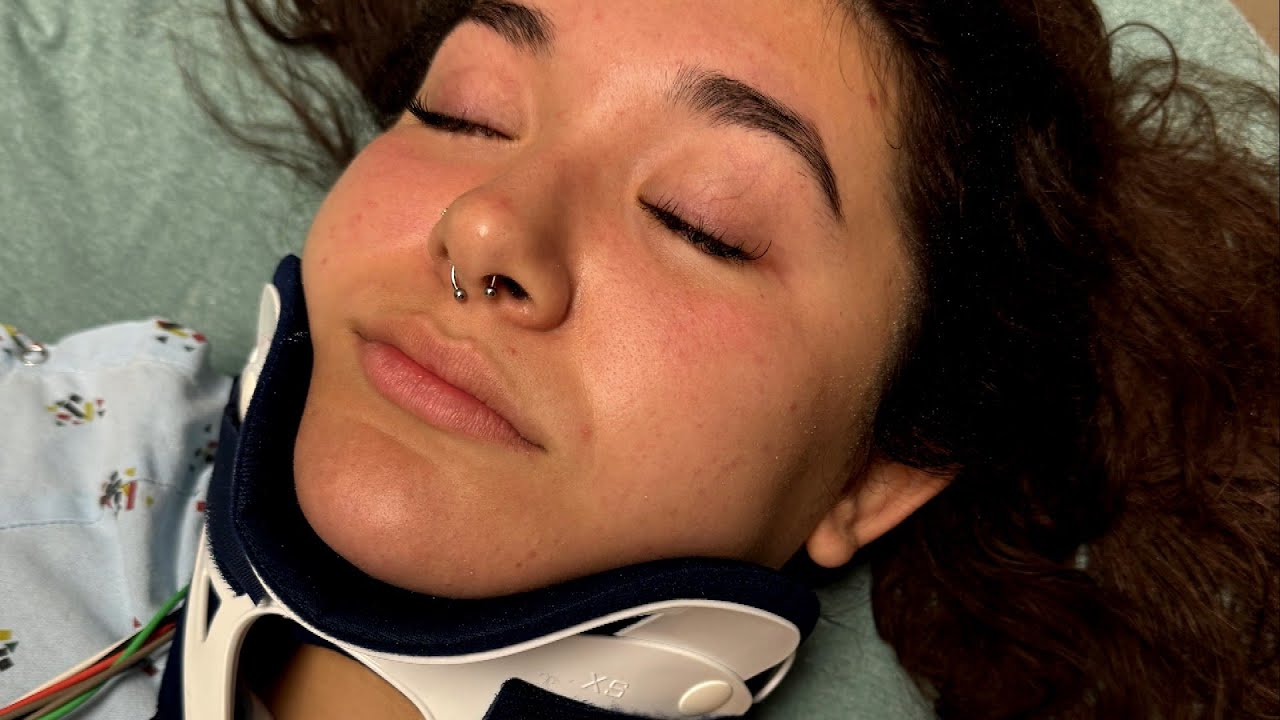Advertisements
The Unseen Dangers on Our Beaches

A Rising Concern: Lifeguard Truck Accidents
In recent times, a series of tragic incidents have brought to light the unexpected dangers that beachgoers face from an unlikely source: lifeguard trucks. These vehicles, meant to ensure safety, have ironically become a hazard, causing injuries and even fatalities. The latest incidents in Daytona Beach, Florida, and Myrtle Beach, South Carolina, highlight the urgency for a reassessment of beach patrol protocols.
The Daytona Beach Incident: Teens Injured
A Day at the Beach Turns Tragic
In Daytona Beach, two 18-year-old teens, Sophia Cap and her friend, were relaxing on a large blanket when their day took a horrific turn. A lifeguard truck, driven by an on-duty lifeguard heading to get food, accidentally ran over them. The situation became dire as onlookers rushed to lift the truck off the injured teens.
Sophia Cap’s mother recounted the harrowing experience:
Advertisements
“For my daughter, she got ran over by the underbody and her feet were up like this. It caught her body and made her do a somersault underneath the car. She suffered a contusion in her spinal cord, a pinched nerve in her neck, and a brain bleed.”
The lifeguard involved, visibly distressed, explained to the authorities:
“I start to turn a little bit… they’re laying down. I’m looking at the water… it just happened. This is just a bad spot.”
Fatal Mistake: The Myrtle Beach Tragedy
A Haunting Image
In Myrtle Beach, a 66-year-old woman, Sandy Schultz Peters, was not as fortunate. A chilling image captured her moments before she was tragically run over and killed while sitting in her beach chair. This incident has sparked an outcry for change in the way lifeguard patrols are conducted.
Noren Sor, another victim who was struck and seriously injured on the same stretch of sand four years ago, voiced a common sentiment:
“Nobody wakes up and says, ‘Oh yeah, I’m going to the beach, but this could be my last day.'”
Call for Change: Reducing Risks
Criticisms and Proposed Solutions
Critics argue that the current use of large, high-riding lifeguard trucks is inherently dangerous. These vehicles can easily miss beachgoers lying on blankets or sitting in low-profile beach chairs. Many beach communities have already made the switch to smaller, more maneuverable ATV-type vehicles that are lower to the ground, reducing the risk of such accidents.
Retired Chief Lifeguard Janet Carbon offered practical advice for beachgoers to stay safe:
“Go to your lifeguard stand and ask them where a good, safe place would be. If you know you’re going to sleep, relax, and chill out, go close to the water. Get a bright umbrella, bright bathing suit, and a bright towel.”
However, Noren Sor emphasized that the responsibility should not solely rest on the beachgoers:
“Unless you want to coordinate yourself off in yellow tape—’Here I am, don’t come near me.'”
Conclusion: A Need for Immediate Action
These incidents underscore a pressing need for immediate action to prevent further tragedies. Beach patrols must reassess their methods and adopt safer practices to protect the very individuals they are meant to safeguard. Until significant changes are made, beachgoers must remain vigilant and take proactive steps to ensure their safety.


